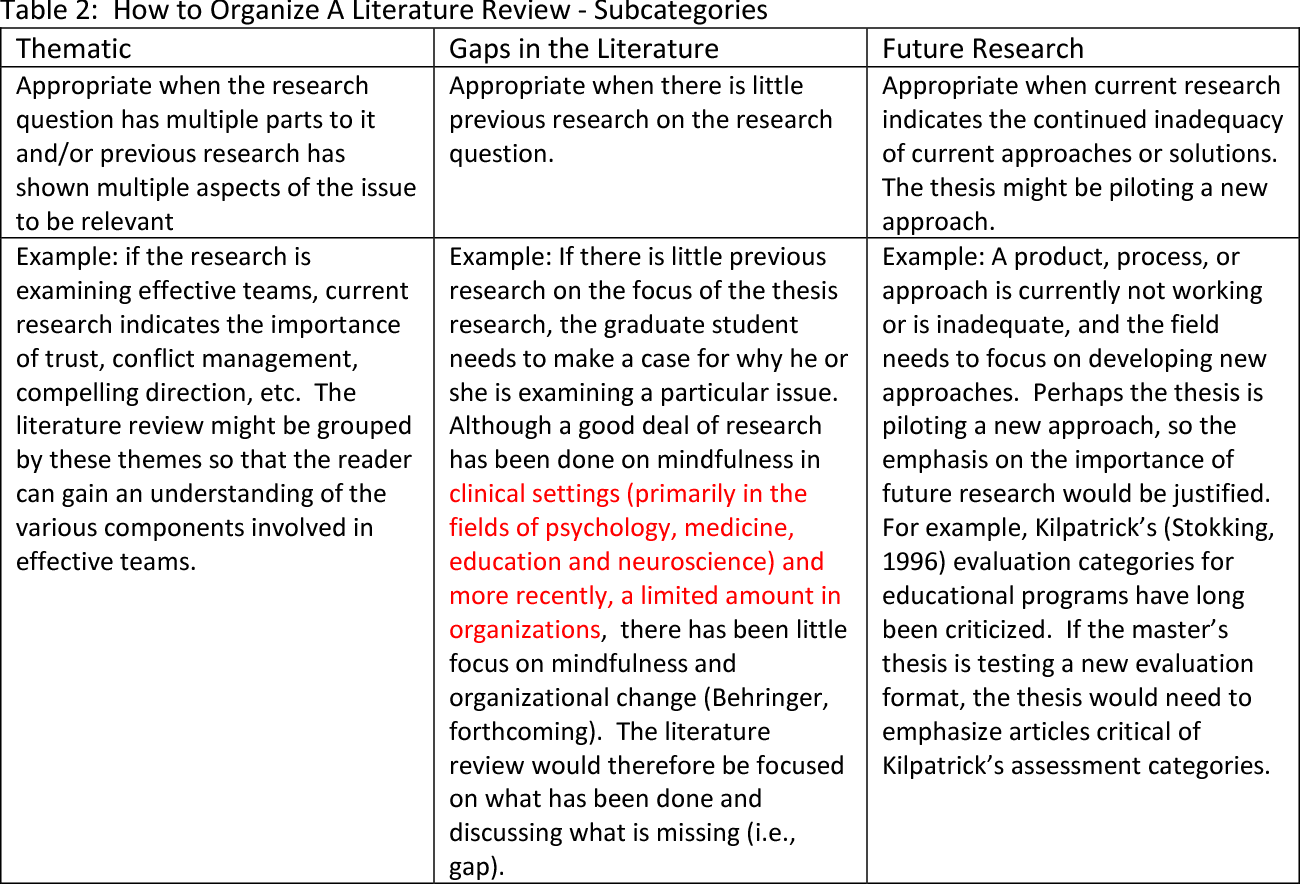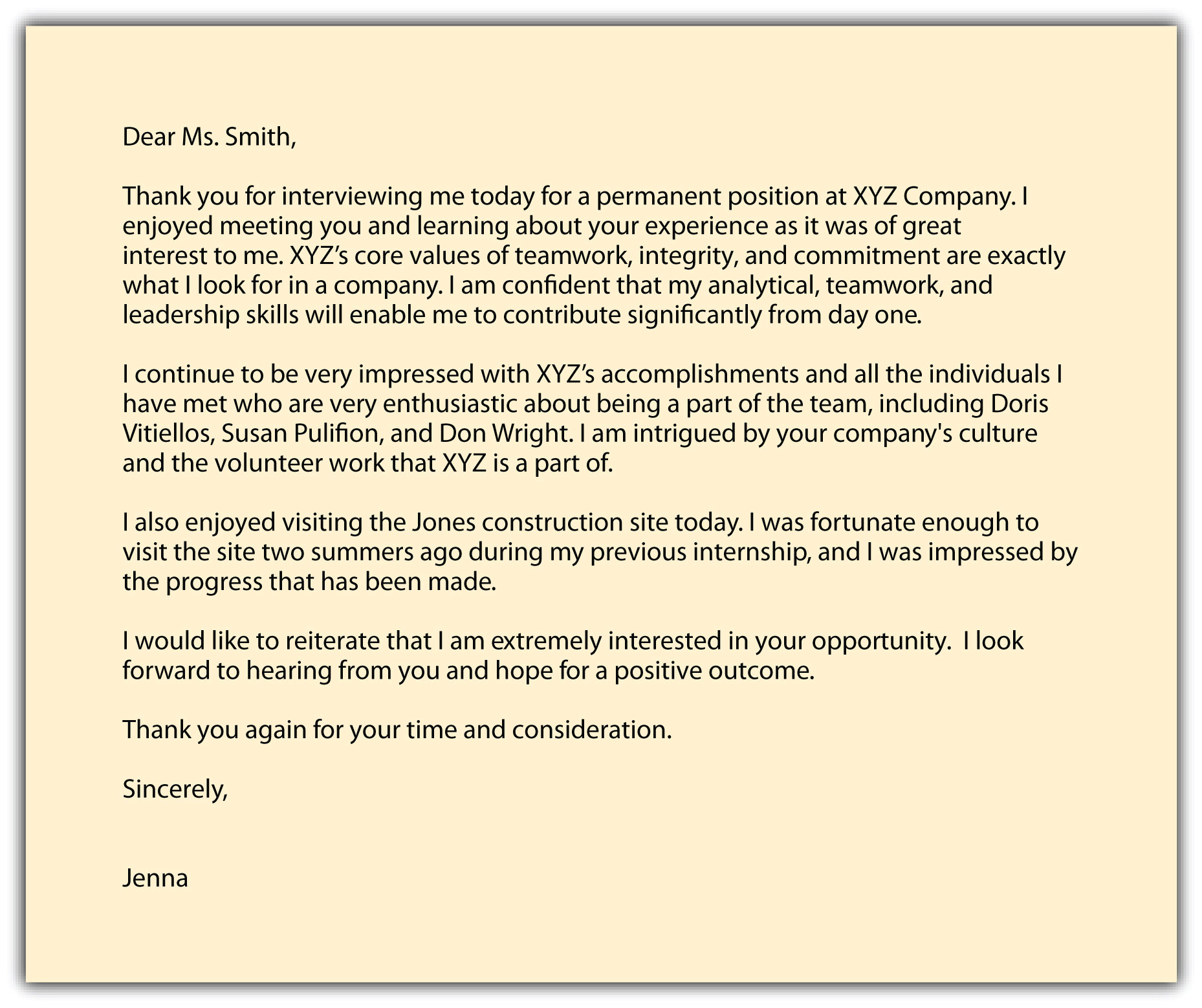This article discusses the structure of a discussion research paper, as well as common mistakes to avoid in this type of writing. The main points of the discussion research paper are outlined below. The first section of the paper should present the major findings and interpret them to fill a knowledge gap. The second and final paragraphs should explain how your findings will impact future research. Finally, the last paragraph should summarize the significance of your findings and suggest next steps for further research.
Do’s and don’ts of writing a discussion research paper
The Do’s and Don’ts of Writing a Discussion Research Paper
The Do’s of writing a discussion section of a research paper are many. While the introduction and the results of the study are necessary, the discussion section is the opportunity to leave a mark on the reader. Consider a novel way to present the data or resolve a controversy, or connect the study to a variety of other literature. While discussing the study’s findings, remember that readers are tired by the time they get to the discussion. Make sure your discussion is concise, readable, and interesting.
Structure of a discussion research paper
The structure of a discussion research paper follows the same general guidelines as the results section. In addition to describing the most important findings, the discussion section should provide interpretations of the data and the literature that support the claim made in the paper. It should conclude by explaining how the results are applicable to other areas of study, theory, and practice. In addition, the discussion section should address any unanswered questions that were uncovered in the paper.
Unlike the other sections of a research paper, the discussion part of a paper should not exceed the total word count of the other parts. It should consist of 6-7 paragraphs, with each paragraph containing no more than 200 words. Be sure to count words again. Depending on the length of the paper, it may even be separated into three separate paragraphs. If the entire research paper is more than a few pages, break up the discussion section into three separate paragraphs.
Common mistakes to avoid in writing a discussion research paper
There are a few common mistakes to avoid in writing a discussion research section. First, it is not appropriate to combine results and discussion in a single paragraph. While it is perfectly fine for some journals to combine these sections, you should make sure that the journal requires you to separate the two. For example, if your study focused on the effects of foreign aid on education in Bangladesh, you should not write about other countries. On the other hand, if your study focuses on other countries, you should discuss the implications of those findings in detail. In addition, you must clearly identify your comments as speculation or suggestions for further research.
Another common mistake to avoid in writing a Discussion section is to attempt to write a literature review in the body of the paper. The discussion should discuss the findings in relation to the results of previous studies, and should provide comparisons. It is important to present limitations of the study, as failing to do so suggests that you did not fully understand the scope of the study. A good rule of thumb is to aim for 1500 words in the Discussion section. If you go over this limit, it will be difficult to communicate the main message of your paper.
Main points of a discussion research paper
Organize the body of your paper around the main points that are relevant to the research you are doing. Organize the body in paragraphs and follow color-coded order. The introduction paragraph, which comes first, should highlight the main points and connect them to a gap in the field. It should also analyze the results and discuss their importance, relevance, and impact on the theory or practice under consideration. The body of your paper should then follow, with the last paragraph serving as the conclusion.
In the discussion section, you can make suggestions for further research. If you can’t answer a question in the paper, use this space to bring up other questions or address controversial issues that you’ve identified. Make sure your suggestions tie back to limitations and critical issues revealed by your data. As a general rule, keep the discussion section under five pages. However, if you must exceed the word limit, don’t use more than three paragraphs.



